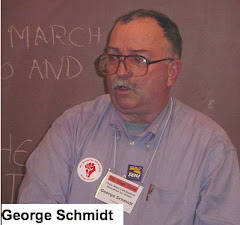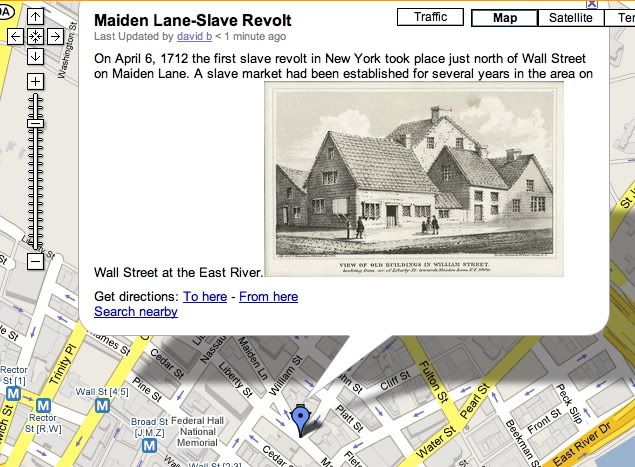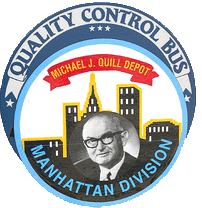from pseudo-intellectualism 1/22/08
Last week I was in Union Square and I noticed the informative sidewalk installations that ring the square. I photographed most of them and supplemented them with other union square historical images. To complement them for a movie, the images needed relevant audio I struck gold when I found a great online play about labor history on wbai's site. The above encompasses the play's introduction.
Marching to Union Square: A Labor Play by Dorothy Fennel
Radio show produced by Ken Nash and Mimi Rosenberg
Marching to Union Square is about the birth of the modern trade union movement in New York City. The script is based on historical material, including speeches and memoirs, from the first Labor Day parade—held on September 5, 1882—subsequent Labor Day parades, and the 1886 mayoral campaign of Henry George, labor's candidate. Much of the action takes place in Union Square, and evokes the loud and colorful labor marches that attracted huge numbers of spectators. For a brief time in the 1880s, NYC activists tries to organize an independent labor party that could unite people of diverse backgrounds around a uniquely working class political platform. There was no better place to do this than Union Square. To express this vision in words and music from that era, the actors in Marching to Union Square recreate some of the key moments that contributed so much to Union Square's reputation as labor's home, and as the place where working New Yorkers came to exercise their rights to free speech and assembly.
Actors: George Drance, Arthur French, Todd Griffin, Mary Neufeld
Musicians: George Mann (guitar), Ginette Van Der Voorn (keyboard)
Chorus: Members of the NYC Labor Chorus, directed by Ginette Van Der Voorn


















































